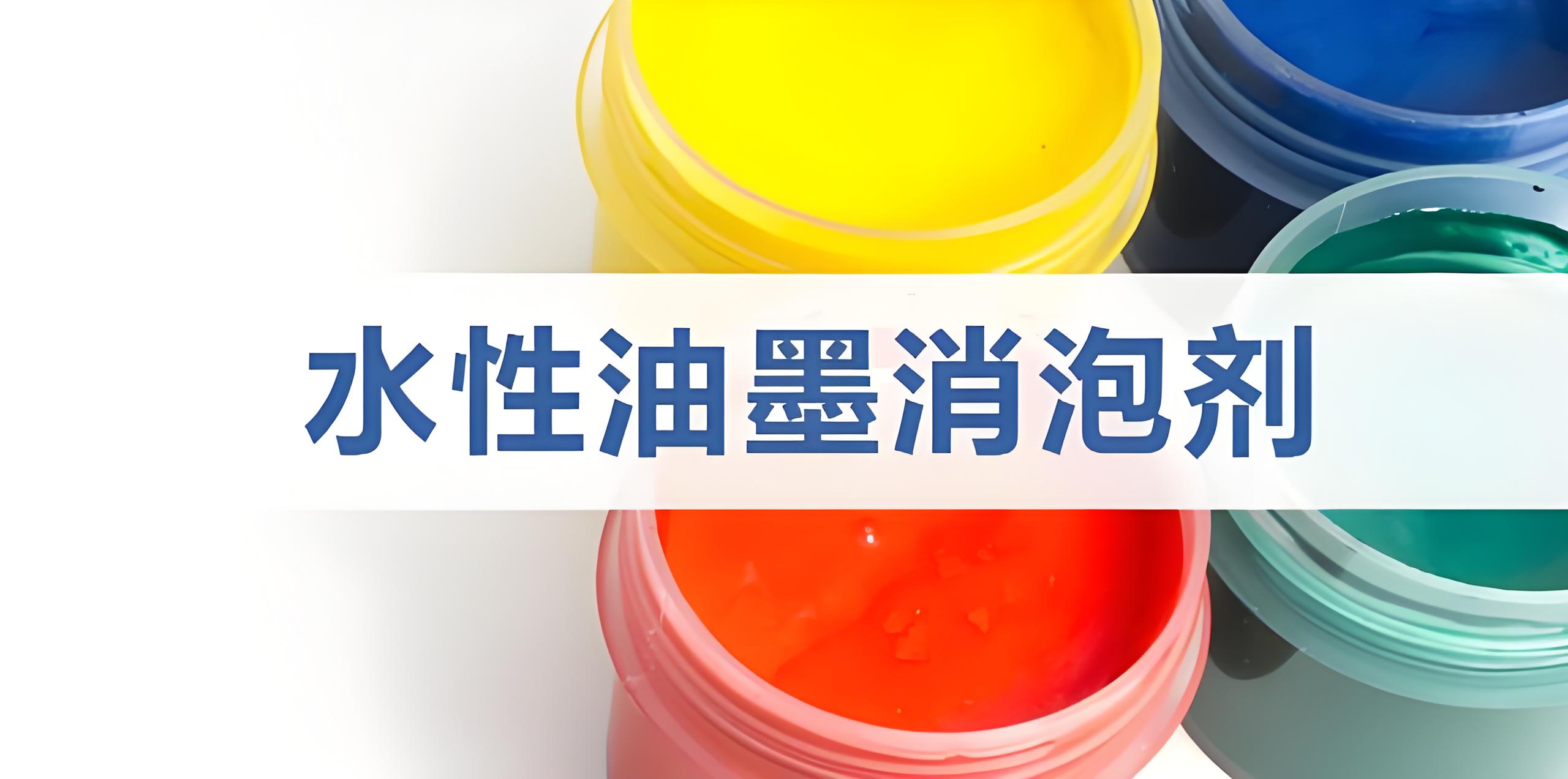With the increasing awareness of environmental protection, the application of water-based ink in the printing industry is becoming more and more widespread. Compared to traditional solvent based inks, water-based inks have advantages such as environmental friendliness, low volatility, and easy cleaning. However, since water-based ink contains water, which is easy to form bubbles and foam, defoamers are needed to control and eliminate foam problems. The existence of foam not only affects the uniformity and fluidity of ink, but also may lead to the decline of printing quality and production efficiency. In order to solve this problem, water-based ink defoamers have emerged, becoming a dual guarantee of environmental protection and efficiency.
Traditional organic solvent based ink defoamers often contain high levels of volatile organic compounds (VOCs), which are released into the atmosphere during printing and use, causing environmental pollution. And water-based ink defoamers use water as the solvent, with extremely low VOC content, and can even achieve zero VOC emissions, which meets environmental requirements. Many water-based ink defoamers use biodegradable materials that can be decomposed by microorganisms in the natural environment without causing long-term pollution to the environment. This biodegradability makes water-based ink defoamers more environmentally friendly. In the printing process, the use of water-based ink defoamer can reduce the production of foam, thereby reducing the content of foam in wastewater. This is not only beneficial for wastewater treatment, but also reduces the cost and time of wastewater treatment, further demonstrating its environmental friendliness.
The water-based ink defoamer keeps the ink uniform and flowing by eliminating the foam in the ink, so as to improve the clarity, color fullness and surface smoothness of the printed matter. This is of great significance for improving printing quality and meeting the needs of high-end customers.
The existence of foam will lead to frequent shutdown, cleaning equipment and other problems in the printing process, thus reducing production efficiency. The water-based ink defoamer reduces the production of foam, reduces the downtime and equipment cleaning times, and improves the production efficiency. At the same time, it also reduces the defective rate and scrap rate caused by the foam problem, further improving the overall production efficiency.
In the printing process, the presence of foam will increase the operating load and energy consumption of the equipment. The water-based ink defoamer reduces the operation load and energy consumption of equipment by reducing the generation and accumulation of foam, which is conducive to energy conservation, emission reduction and production cost reduction.
In summary, water-based ink defoamers play an increasingly important role in the printing industry as a dual guarantee of environmental protection and efficiency. It can not only solve the foam problem in the use of water-based ink, but also improve the printing quality and production efficiency; It can also meet environmental protection requirements, reduce VOC emissions, and alleviate the burden of wastewater treatment. With the continuous advancement of technology and the increasing awareness of environmental protection, it is believed that water-based ink defoamers will be widely used and developed in the future.

 English
English
 Chinese
Chinese Vietnamese
Vietnamese
 HOME
HOME
 PRODUCT
PRODUCT
 NEWS
NEWS
 CONTACT
CONTACT


